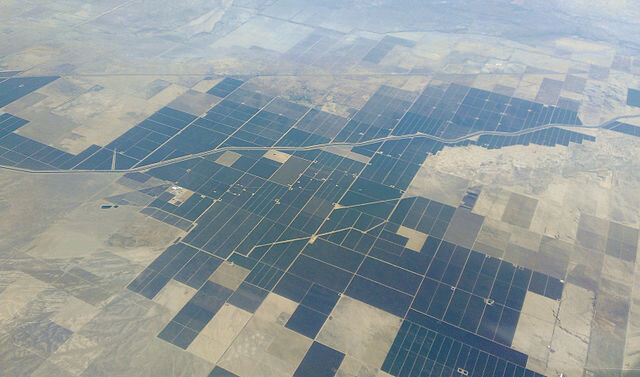
THE BENEFITS OF GREYWATER
Save Water and Money: our systems typically save a household 10,000 to 50,000 gallons per year.
Save Your Septic System: diverting water from showers, tubs and washing machines will reduce the load on your septic tank by 50-80%.
Reduce Load on Sewer Systems: that means lower sewage fees for you, and less sewage going to the ocean.

BOOST PLANT GROWTH
Watch your garden come alive with abundant greywater! The sheer volume of water alone will make certain plants thrive in the SoCal sun. Greywater also contains a wealth of nutrients such as organic material and phosphorous, found in most soaps and commonly used as a fertilizer.
BOOST CROP YIELDS
For the reasons listed above, greywater will make your crops bear fruit like never before. No need to worry about using “icky” greywater on food. Plants use certain elements found in greywater, such as phosphorous and nitrogen, after microbes in the soil have broken them down. Plants obtain these elements from manure in the same way.
REDUCE ENERGY FOOTPRINT
Recycling greywater replaces fresh water that the state pumps hundreds of miles from the Colorado or Sacramento rivers at a huge material and ecological cost, and reduces flows to energy intensive sewage post-treatment plants.
CREATE A COOL MICRO-CLIMATE
Abundant greywater can create a permanent oasis around your home. The daily flow of water will keep your landscaping green and promote the rapid growth of shade trees, which lower temperatures by providing shade and through evapotranspiration, and have been found to lower air conditioning costs in detached houses by 20-30%. In addition, plant cover prevents the ground from absorbing heat, unlike many low-water landscaping surfaces such as gravel, pavement or turf which do the exact opposite, absorbing the sun’s rays to create a heating effect.
PRESERVE AQUATIC ECOSYSTEMS
Ecosystems such as lakes, rivers and wetlands need water to survive. Reducing our water use is the only way to preserve these invaluable natural assets.
HEAL THE BAY
Reducing your household waste stream means less sewage goes to the ocean. It also means that the phosphorous found in most soaps, which serves as a fertilizer for your plants, won’t end up in the ocean as well, where it causes harmful red tide algae blooms. This is especially important in large urban areas like Los Angeles, where millions of homes create massive volumes of sewage every day.
LEED POINTS
Ecosystems such as lakes, rivers and wetlands need water to survive. Reducing our water use is the only way to preserve these invaluable natural assets.

OUR WATER COMES FROM VERY FAR AWAY…
Since the days of Mulholland, Southern California has relied on imported water. First there was the LA Aqueduct (1913, 1970), then the Colorado River Aqueduct (1939), and finally, the State Water Project (1973).




















